At the end of July, Washington Township schools bet on having a relatively mask-free year, approving a policy that would allow vaccinated students and staff to forego masks thanks to declining COVID rates.
But by the time doors opened a few weeks later, a sharp rise in positive tests, especially among children, as well as changing guidelines from health authorities prompted many districts across the state to reverse course.
In Washington Township’s home of Marion County, the seven-day positivity average rose from 6% to 9% between the board’s vote and the second week of school, with more COVID cases among children than previously seen, according to a presentation to the school board.
“It tripped alarm bells,” said board President Don Kite. “We started talking about how we might have to go even more cautious, with universal masking.”
The debate over wearing masks in schools has led to politically fueled fights and even physical altercations at school board meetings nationwide this summer. Districts like Washington Township have found themselves caught in the middle of the maelstrom, trying to balance changing health guidance amid the delta surge with the demands of parents and desire for in-person learning.
Like school districts across the country, Washington Township weathered a series of closures during the COVID-19 pandemic, beginning the 2020-21 school year virtually before reopening gradually in October.
By November, Indianapolis Mayor Joe Hogsett ordered all Indianapolis schools to close from at least Nov. 30 through Jan. 15 due to rising COVID rates.
But COVID rates dropped and restrictions eased throughout the spring and early summer of 2021, meaning that by the time the school board met on July 21 to vote on protocols for the upcoming year, there was hope for a return to normal, Kite said.
The board approved a middle-of-the-road policy that would allow vaccinated students and staff to take off their masks indoors, based on guidance from health agencies and the state, as well as staff expertise.
“I felt very proud of our district, because we tried to take the steps that were necessary even when there was no specific guidance (from health agencies),” Kite said. “We did the best we could to safeguard the safety of our students and faculty and administrators.”
But on July 27, the Centers for Disease Control and Prevention reversed course on previous guidance and recommended universal masking in K-12 settings.
Case rates also began to trend upward, according to the state’s COVID-19 dashboard: Where the early summer months saw student COVID cases in the single digits, they jumped by the dozens as schools reopened in late July and early August.
From the first day of school on Aug. 4, Kite said the board began to hear district teachers and parents advocating for more caution, with many messages citing universal masking requirements already in place in Warren Township and Indianapolis Public Schools.
On Aug. 11, the board met again amid the spike in positive test results among school-age children — 224 throughout the state in a single day — to unanimously require everyone to wear masks indoors, with some exceptions for eating and drinking and optimal teaching and learning, such as speech therapy.
In public comment at the meeting, parents supported a return to the pandemic protocols that kept district students safe throughout the last year, including masks for all.
“I know some of you never thought you’d be in a position to be making life or death decisions for 12,000 students and staff and their families,” said Katherine Boyles, a parent of two district students, who estimated her children were among 15% to 25% of students wearing masks in their school.
“I ask you to not put parents like myself in a position where we are weighing our kids’ education against their health.”
In the coming days, five other school districts in Marion County also put mask policies in place, while another five remain mask-optional. In neighboring Hamilton County, Carmel, Hamilton Southeastern, and Noblesville schools also required masks.
They found an ally in Gov. Eric Holcomb, who said Monday he would continue to allow districts to make their own decisions regarding masks.
In a message to parents about its decision, Noblesville schools cited COVID rates “already at the peak of what we experienced last winter,” a more contagious delta variant, students coming to school sick, and high absenteeism as factors in the decision.
Whether the new policy has reduced positive cases and quarantines in Washington Township was not clear in the first days after it went into effect, Kite said. But one immediate, visible effect has been compliance: Few people have emailed the board reporting lax mask-wearing on school grounds, he said.
Other feedback has been largely positive, Kite added. While some comments have been opposed to mask-wearing in any circumstances, the reaction has been far from the hundreds of angry voices raised at board meetings elsewhere in the country, he said.
For other constituents, the district’s safety measures likely don’t go far enough, he acknowledged.
“You can have a perfectly safe car — it’s a tank. It has terrible gas mileage, no AC, and it beats the hell out of the roads. Most of us don’t want that,” Kite said. “We accept a certain level of risk getting into a car.
“That doesn’t mean we care less about risk, but just like anything else in life, it’s how much we can accept.”
Kite said the next step for the board is delineating when it should tighten the COVID-19 protocols, and when it should consider backing away. New policies for quarantine, isolation, and close contact will be implemented in Washington Township schools on Aug. 23, according to district representative Ellen Rogers.
“Like everybody else, I hope the numbers start to go down again,” Kite said.
“There’s very little appetite for virtual education. We’re watching the numbers and the severity, and we’ll continue to do so.”
This article was originally posted on How rising COVID rates led to masks at one Indiana school district
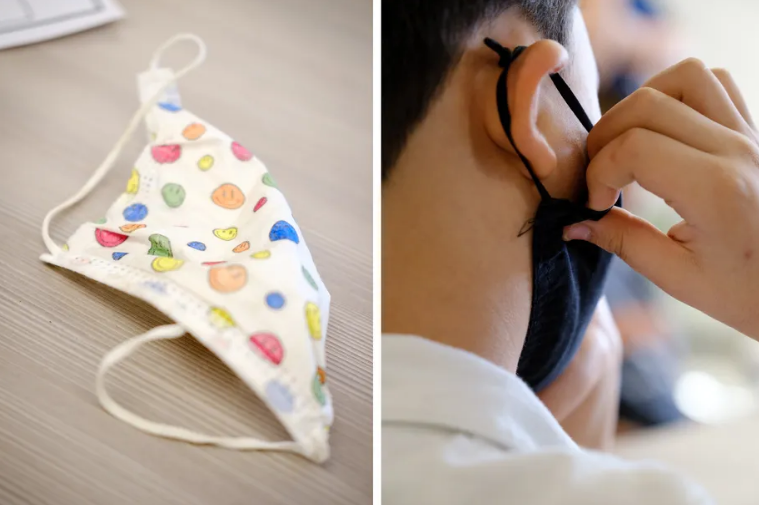
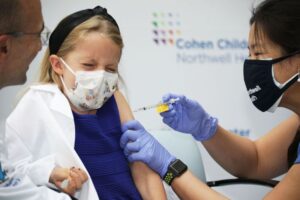
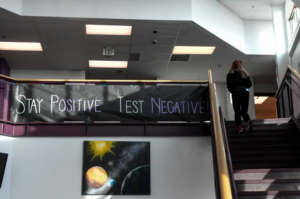
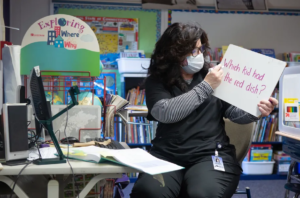
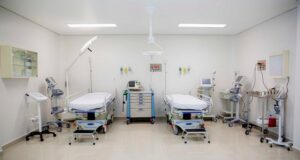

Be First to Comment